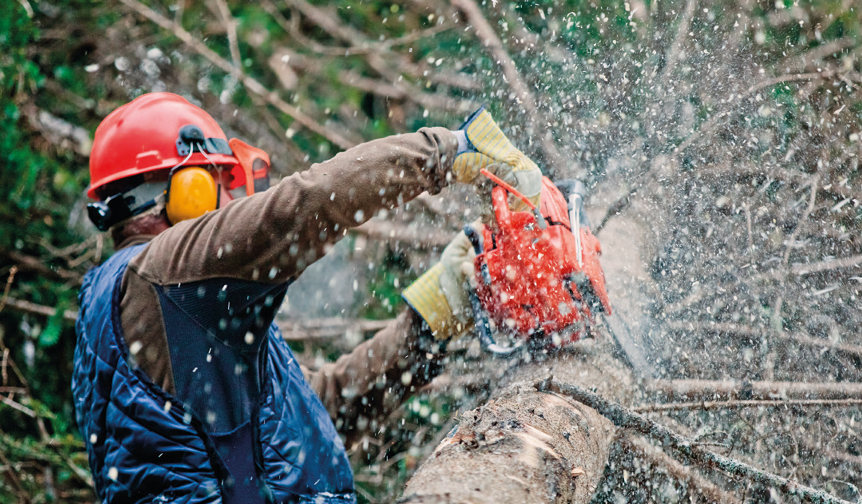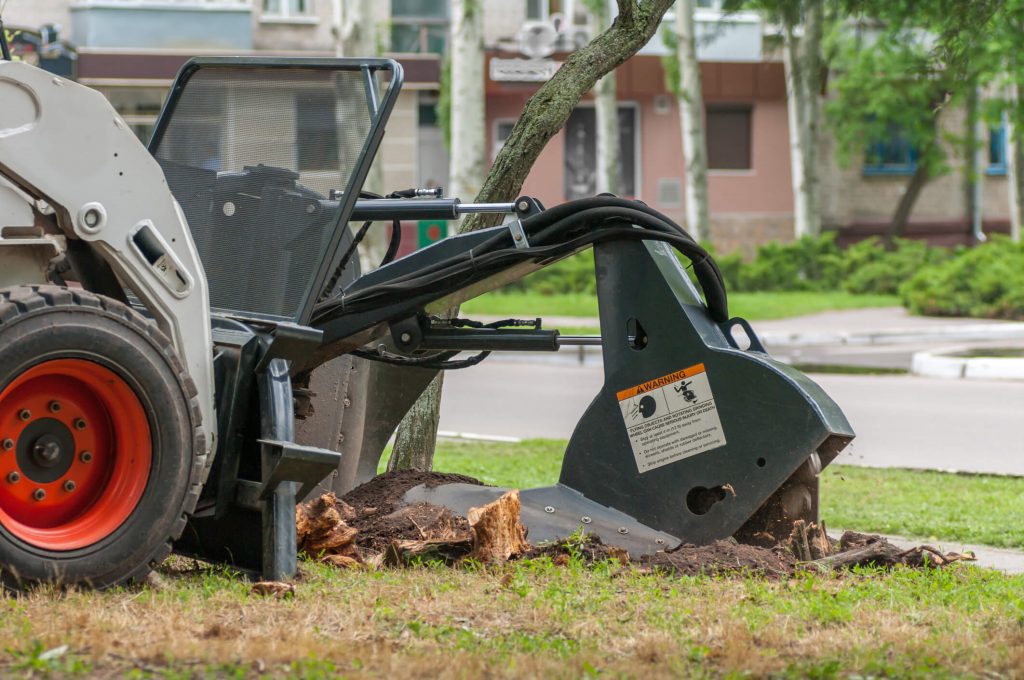Introduction
Transplanting trees can be a rewarding endeavor, especially when you see them thrive in their new environment. However, the process isn't always straightforward; it often comes with its own set of challenges. Factors like soil conditions, weather patterns, and the tree species itself can all affect the success of a transplant. In this comprehensive guide, we delve into how to successfully transplant trees in challenging conditions, offering insights and expertise that will empower you on your journey.
Understanding Tree Transplanting
What is Tree Transplanting?
Tree transplanting involves moving a tree from one location to another. This process can be necessary for various reasons such as landscaping changes, land clearing for construction, or simply relocating a tree that has outgrown its space.
Why is Proper Tree Care Important?
Tree care encompasses everything from pruning techniques to stump removal and tree lopping. Proper care not only helps the tree survive the transplant but also ensures it flourishes in its new environment.
Common Challenges in Tree Transplanting
Transplanting trees poses several challenges. Soil quality, weather conditions, and even root system health must all be considered.

Preparing for Successful Tree Transplantation
Assessing Site Conditions
Before you commence the transplant process, assess both the current and future sites for the tree. Look for any potential issues that may arise such as poor drainage or insufficient sunlight.
Choosing the Right Time
Timing is critical when it comes to transplanting trees. Early spring or late fall are generally considered ideal seasons due to milder temperatures and increased moisture levels.
Selecting Appropriate Species
Not all trees are suited for transplantation under challenging conditions. Research which species thrive best in your local climate and soil type.
Essential Tools for Tree Transplantation
Basic Tools Needed
You’ll require tools like shovels, pruners, and digging bars to facilitate the process.
Specialized Equipment
Consider investing in specialized equipment like root ball diggers or tree spades if you're handling larger specimens.
The Step-by-Step Process of Transplanting Trees
1. Preparation of the New Site
Before removing a tree from its original location, prepare the new site by clearing debris and ensuring proper soil conditions.
2. Pruning Techniques
Effective pruning is crucial before transplantation. Remove any dead or damaged branches to ease stress on the root system during relocation.
Pruning Tips:
- Use sharp tools. Make clean cuts. Avoid excessive pruning; remove no more than 25% of foliage at once.
3. Digging Up the Tree
When digging up a tree, it's essential to maintain as much of the root ball as possible. This step requires careful execution to minimize damage to roots.
Digging Procedure:
- Start digging at least 12 inches away from the trunk. Create a circular trench around the base. Ensure you dig down deep enough to capture most roots.
Transporting Trees Safely
How to Load Trees onto Vehicles?
Loading a transplanted tree onto a vehicle should be done carefully using straps or nets to secure it in place during transport.
Best Practices for Transporting Trees
Avoid jostling or dropping during transport; this can severely damage roots leading to complications post-transplantation.
Planting Your Tree in Its New Location
Creating an Ideal Planting Hole
The planting hole should be about twice as wide as the root ball but no deeper than its original growing depth.
Setting Up Soil Conditions
Soil quality plays a crucial role in successful transplantation. Amendments may be necessary based on soil tests conducted at both locations.
Soil Considerations:
- pH levels should be checked. Organic matter may need to be added. Ensure good drainage capabilities.
Aftercare Following Transplantation
Watering Techniques Post-Transplantation
Post-transplant watering is essential for helping trees establish themselves quickly after being moved. Aim for deep watering sessions rather than frequent shallow ones.
Watering Schedule:
- Water thoroughly immediately after planting. Follow up with regular watering weekly during dry spells.
Fertilizing New Transplants
Using fertilizers can promote healthy growth post-transplantation but should be approached cautiously; over-fertilization can harm young roots.
Long-Term Care Strategies
Monitoring Growth Patterns
Keep an eye on how your newly transplanted tree is adapting over time by monitoring growth patterns regularly through seasonal changes.

Adjustments in Care Based on Climate Changes
Be prepared to adjust your care routine according to shifts in climate or unexpected weather events such as droughts or heavy rainfalls—conditions that could impact overall health significantly.
Frequently Asked Questions (FAQs)
1. What are some signs that my transplanted tree is struggling?
Signs include wilting leaves, stunted growth, and discoloration of foliage. If noticed early, appropriate action can often save your tree.
2. Can I transplant any type of tree during adverse weather conditions?
While some hardy species can withstand adversity better than others, it's generally not advisable; try waiting until conditions improve if possible.
3. How long does it take for a transplanted tree to establish itself?
Depending on species and environmental factors, it typically takes between one season up to three years for full establishment post-transplantation.
4. Is there any specific technique I should use when digging up older trees?
With older trees especially—it's important not only to dig wider but deeper too; this captures additional roots that younger specimens may lack due to their size constraints!
5. What's involved in stump removal after transplanting?
Stump removal often requires hiring professionals unless you have access & knowledge regarding techniques involving grinding methods available locally!
6. Should I consider professional services for my transplantation project?
For larger projects involving bigger trees—seeking assistance from certified arborists ensures proper care throughout each step while minimizing risks associated with mishandling!
Conclusion
Successfully transplanting trees under challenging conditions requires meticulous planning and execution—from selecting suitable species all through maintaining optimal soil health afterward! By understanding these essential elements—combined with appropriate practices—the odds are stacked Townsville Tree Lopping Services stump removal favorably towards achieving thriving green giants right where you want them! Always remember: The efforts invested today will yield bountiful benefits tomorrow—both aesthetically & environmentally speaking!